A who’s who of Australian bushrangers
Ned Kelly might have had his armour, but he didn’t have a catchy nickname. Meet some of the other scoundrels who took up the bushranger life, from Mad Dog Morgan to Captain Moonlite.
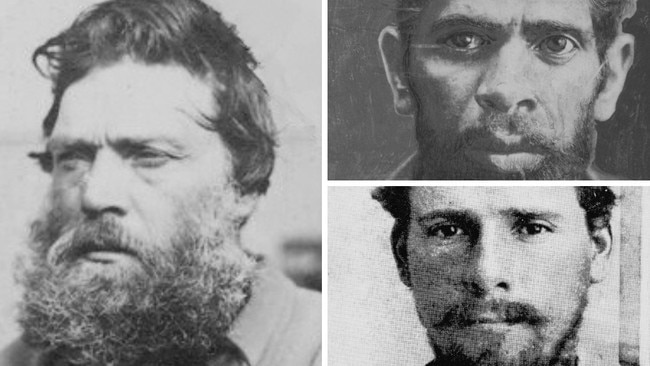
VIC News
Don't miss out on the headlines from VIC News. Followed categories will be added to My News.
Think Australian bushrangers and our most obvious and infamous one — Ned Kelly — immediately springs to mind.
But truth be known, there were scores of escaped convicts and early settlers who took up the criminal existence of a renegade bushranger between 1790 and 1890.
here are some you may not have heard of.
Harry ‘The Gentleman Bushranger’ Power
Born in Ireland in 1820, as a young man, Power (also known as Henry Johnson) was transported to the penal colonies for seven years for theft.
After his release he worked and developed bushman’s skills before serving more time for shooting and wounding a trooper.
Power served some time on the prison hulk Success before being moved to Pentridge.
He escaped and was convicted of horse stealing.
At age 49 he managed to escape again, and took up the life of a bushranger and prolific highway robber.
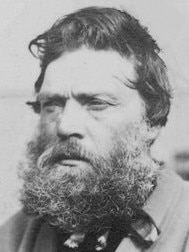
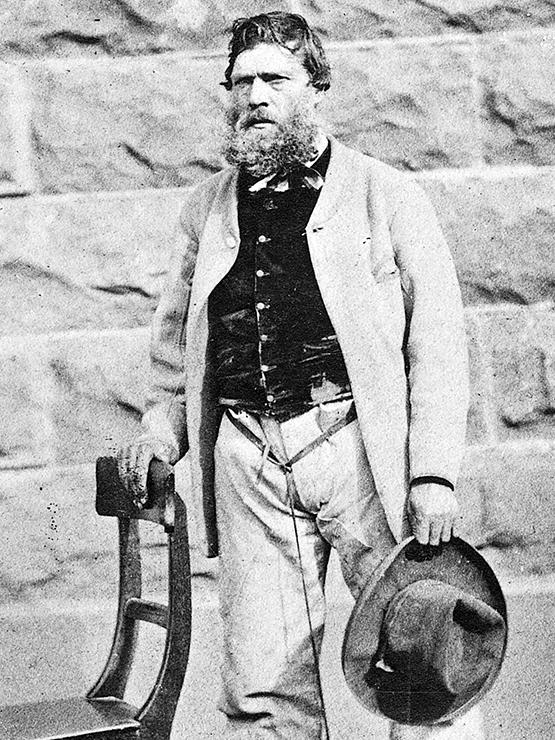
One of his young apprentices was a teenage Ned Kelly.
A massive reward of 500 pounds was offered for his recapture.
Police, acting on inside information, rearrested him in 1870.
Having never killed a victim, Power was released from jail at age 66 in 1887 and, after working as a guide and caretaker on the Success, drowned in 1891 after falling into the Murray River at Swan Hill.
Frederick ‘Captain Thunderbolt’ Ward
The son of a convict, Ward learned horse skills as a lad and was enticed into a horse and cattle theft ring. After early release he fell foul of the law again and was returned to the Cockatoo Island penal establishment.
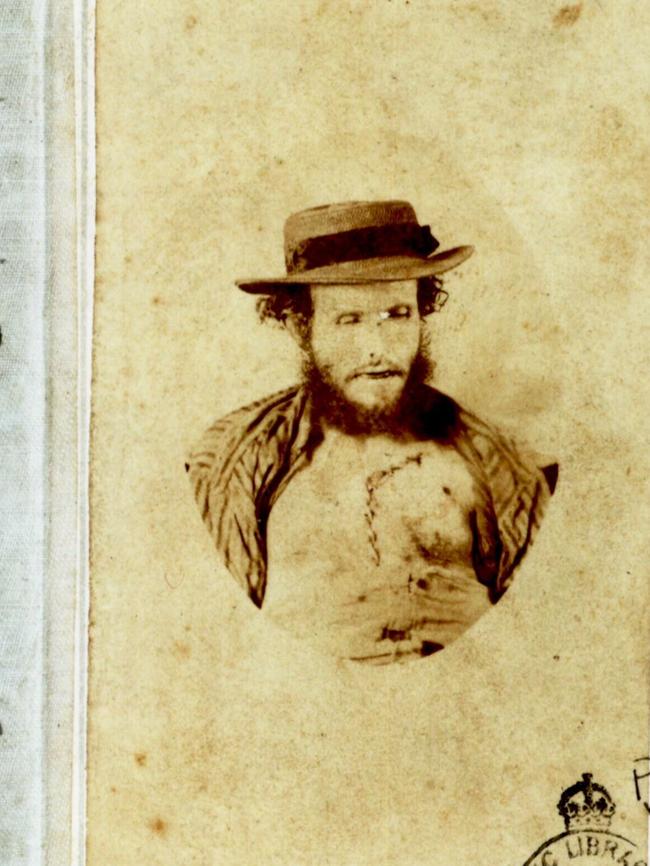
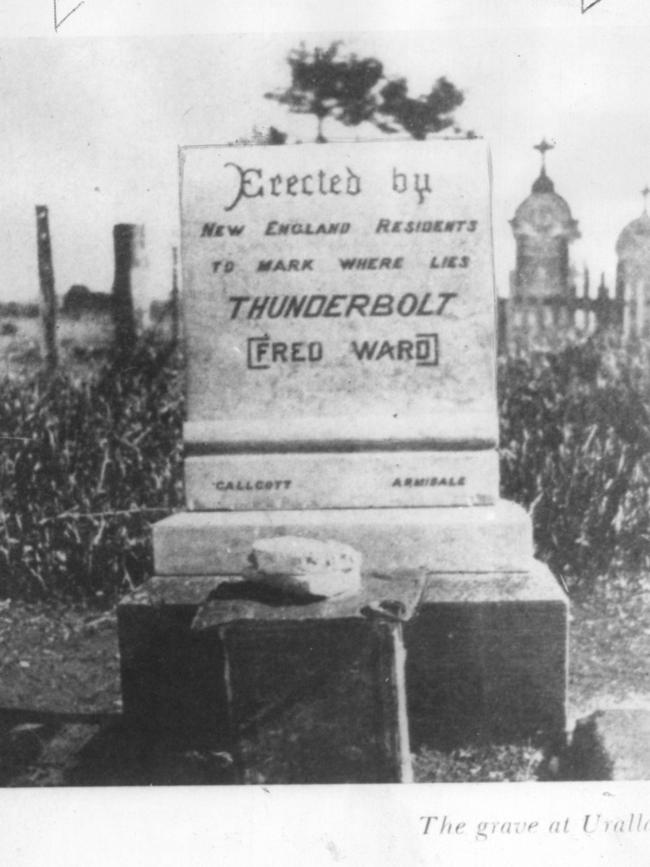
In 1863, he escaped from the island with fellow prisoner Frederick Britten and, after a shootout with troopers, embarked on a wide-ranging and lucrative armed robbery career using the nickname Captain Thunderbolt.
A police constable shot him dead in May 1870 at Kentucky Creek, near Uralla in New South Wales.
‘Brave’ Ben Hall
The son of convict parents, Hall was originally a grazier before turning to a life of crime after his marriage ended.
After falling in with Frank Gardiner and his gang, Hall was involved in the June 1862 robbery of a gold escort coach near Eugowra, New South Wales.
That holdup netted 2700 ounces of gold worth more than 14,000 pounds.
That much gold would be worth more than $3.5 million in today’s money.
Hall later ran a gang of his own, which specialised in armed robbery as well as taunting and belittling police.
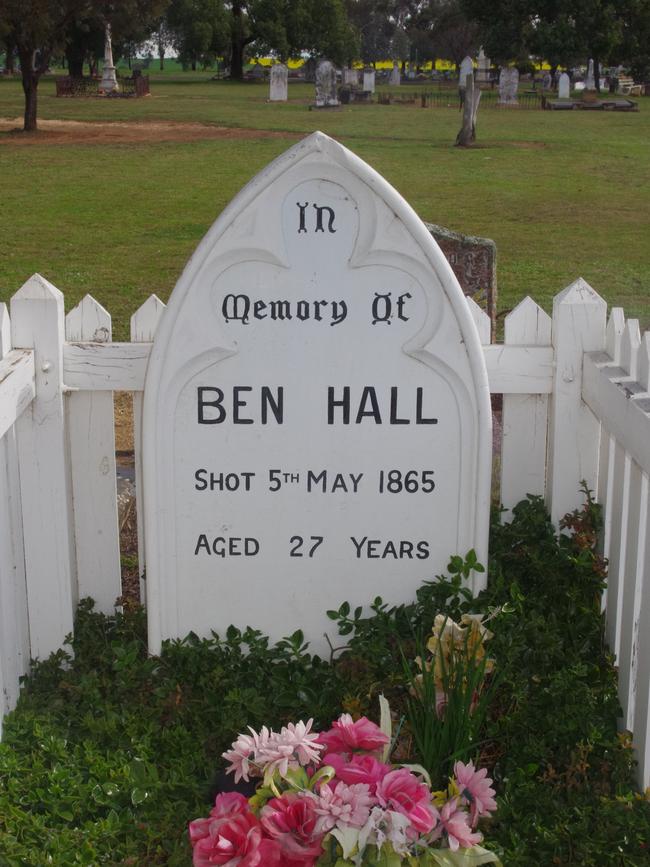
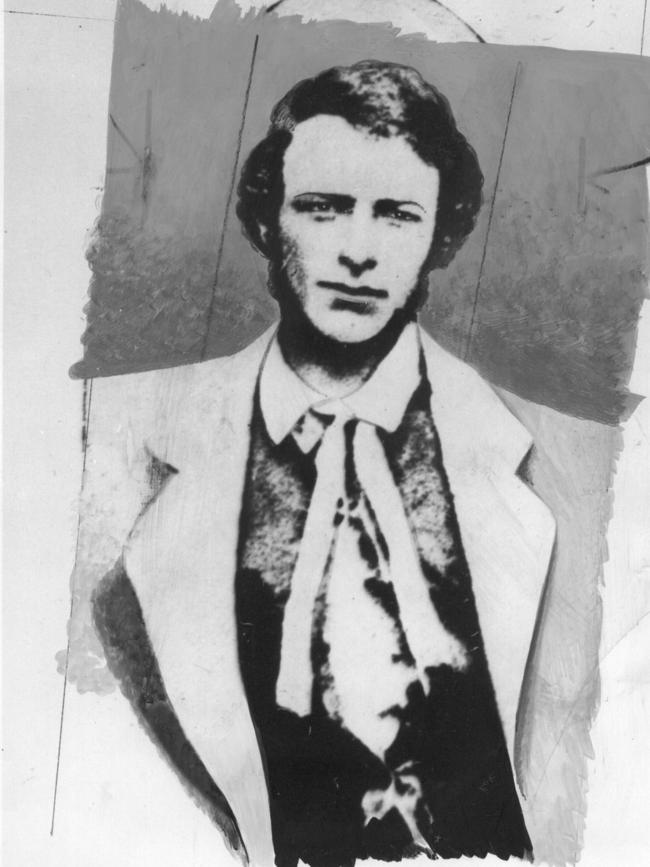
His actions, and those of his gang members John Gilbert and John Dunn (who shot and killed police), brought about radical “outlaw” legislation that allowed them to be shot on sight.
Police ambushed and shot Hall dead at Billabong Creek, near Forbes in New South Wales, in May 1865.
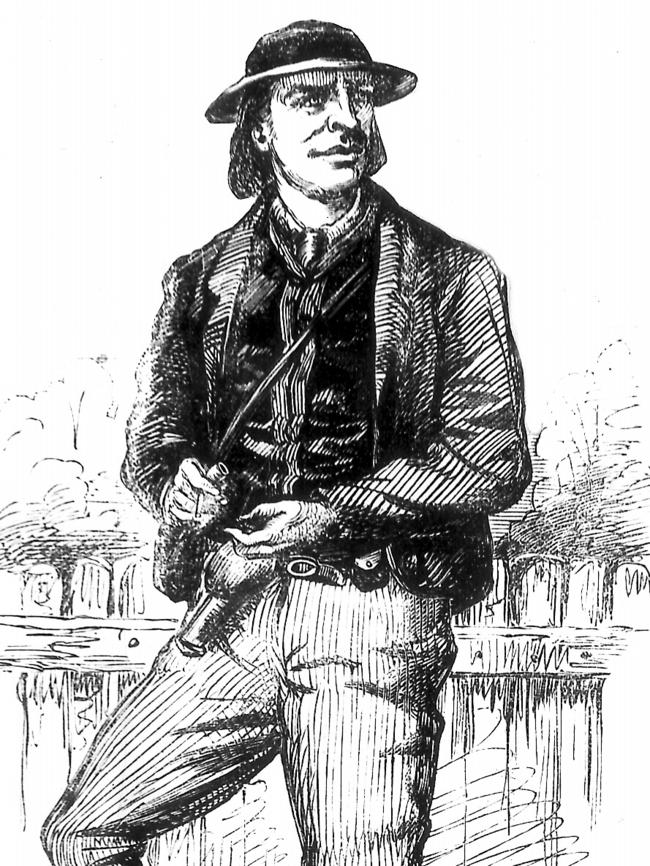
Johnny ‘Happy Jack’ Gilbert
A member of Ben Hall’s gang, Gilbert was born in Canada and had come to the Melbourne goldfields with his family.
After working as a stablehand he moved to the Kiandra goldfields in New South Wales.
A man of thin build with a jolly disposition, he earned the nickname Happy Jack. Some also knew him as “Flash” Gilbert.
At age 18 he fell under the thrall of bushranger Frank Gardiner, and committed several hold ups with Ben Hall.
In May 1865, a constable shot him dead during a confrontation near Binalong. He was 25.
James McPherson ‘The Wild Scotchman’
Born in Scotland, McPherson was twelve when his large family migrated to Australia and arrived in Moreton Bay.
While working on a Queensland cattle station he fell in with bad company and committed an armed robbery before heading to New South Wales in the hope of hooking up with Ben Hall and his gang.
It is believed McPherson committed highway robberies during his journey south.
He was never tried on a charge of shooting at police officer Sir Frederick Pottinger, who wounded McPherson in August 1864.
McPherson continued his robbery spree.
He was again jailed, and after his release he married and had children and died in August 1895 at age 53 in North Queensland.
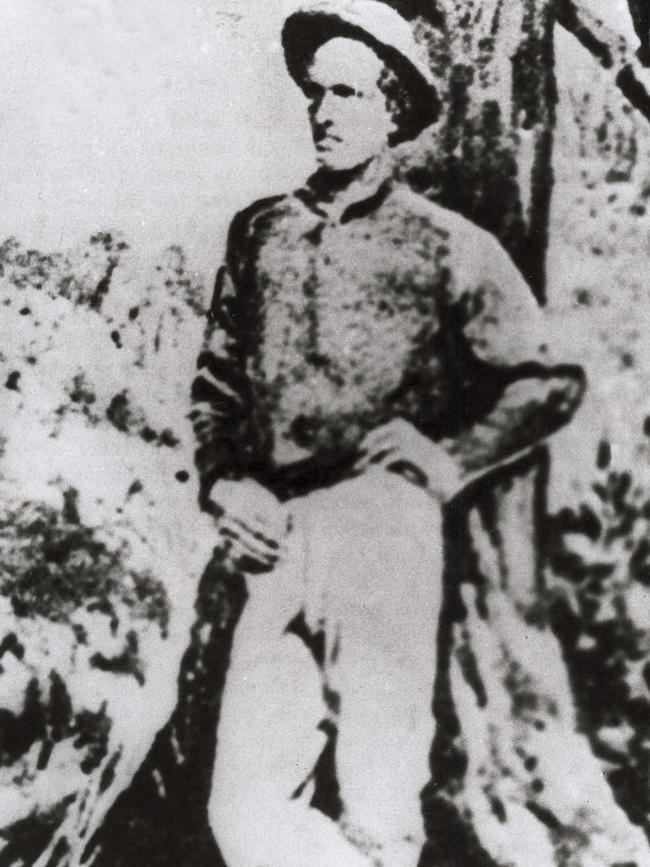
Martin Cash
Irish born, Cash became Tasmania’s most infamous bushranger who escaped twice from Port Arthur on what was then known as Van Diemen’s Land.
After being shipped to Australia for shooting at a man who made advances on his girlfriend, Cash became a stockrider.
After his second escape from Port Arthur, Cash embarked on a 20-month stint as a bushranger and bandit.
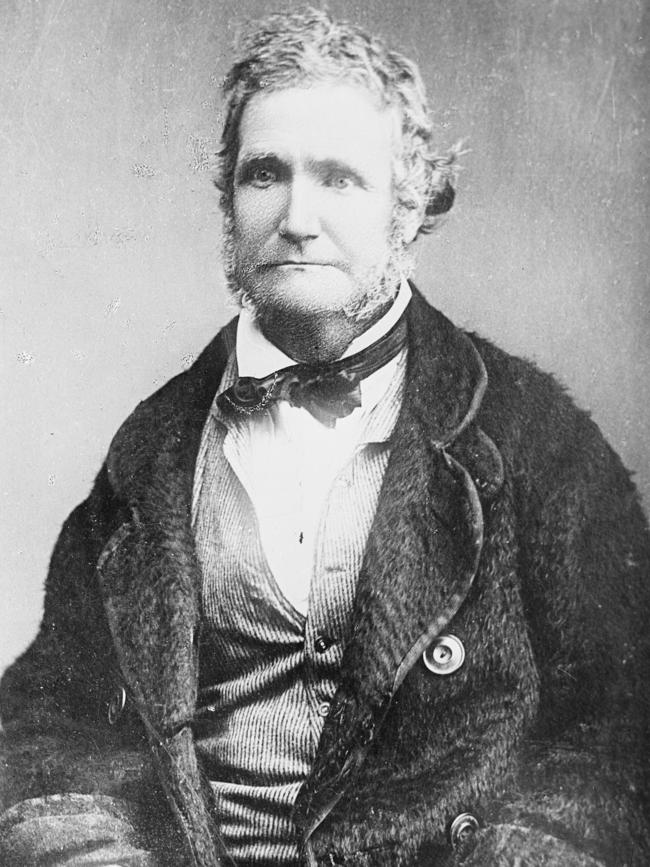
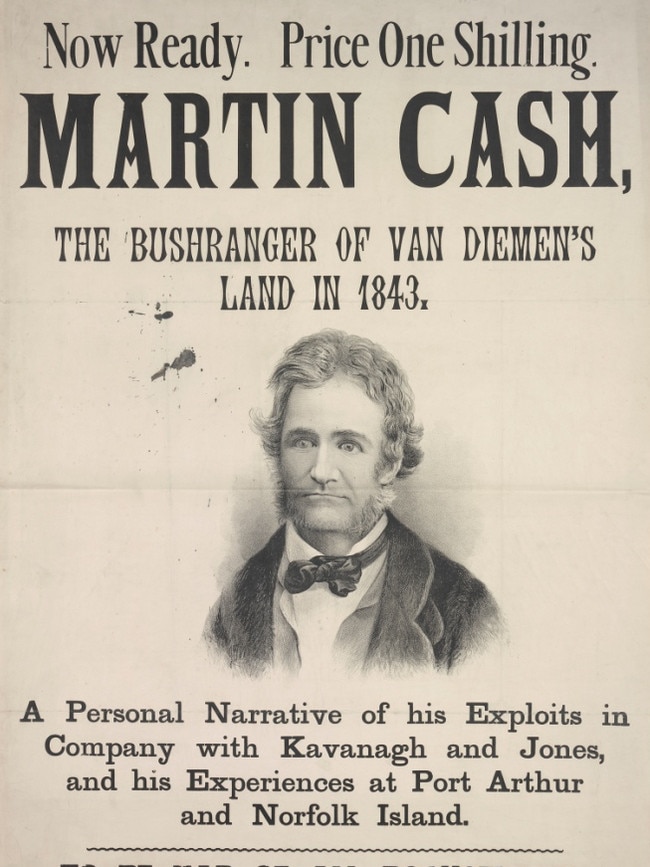
He and his two cohorts became known as Cash and Co.
After shooting and killing a police constable in August 1843, Cash received a reprieve from the death sentence and went on to become a prison trustee.
He married, wrote his memoirs and died a free man in his bed in Tasmania in 1877.
Dan ‘Mad Dog’ Morgan
An illegitimate son, Morgan – also known as John Fuller – was first jailed for highway robbery in Castlemaine, Victoria, in June 1854.
After serving time on the prison ship Success, he stole a horse and evaded rearrest. He returned to the scene as a bushranger in 1863 using the name Dan Morgan.
Other aliases included “Dan the Breaker” and “Jack Morgan”.
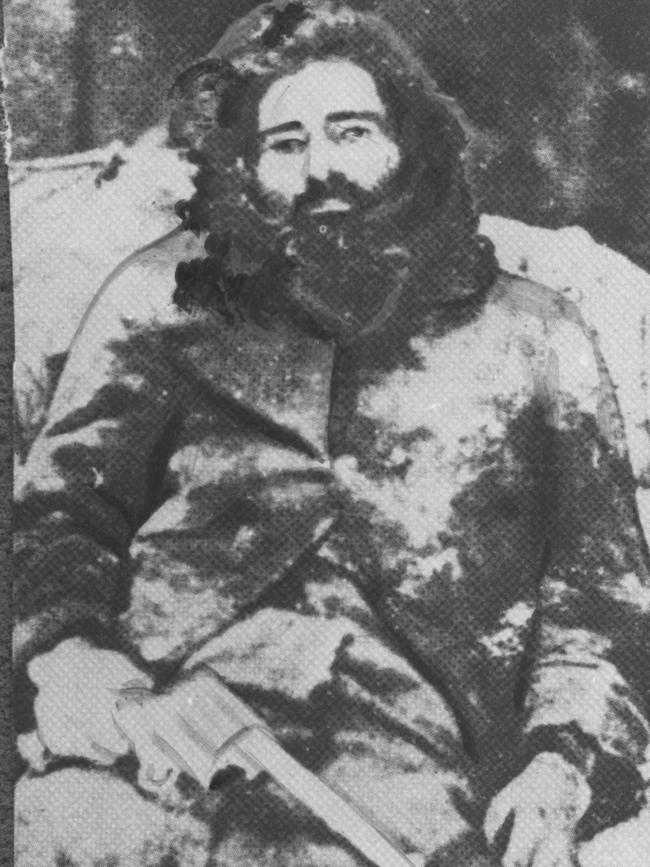
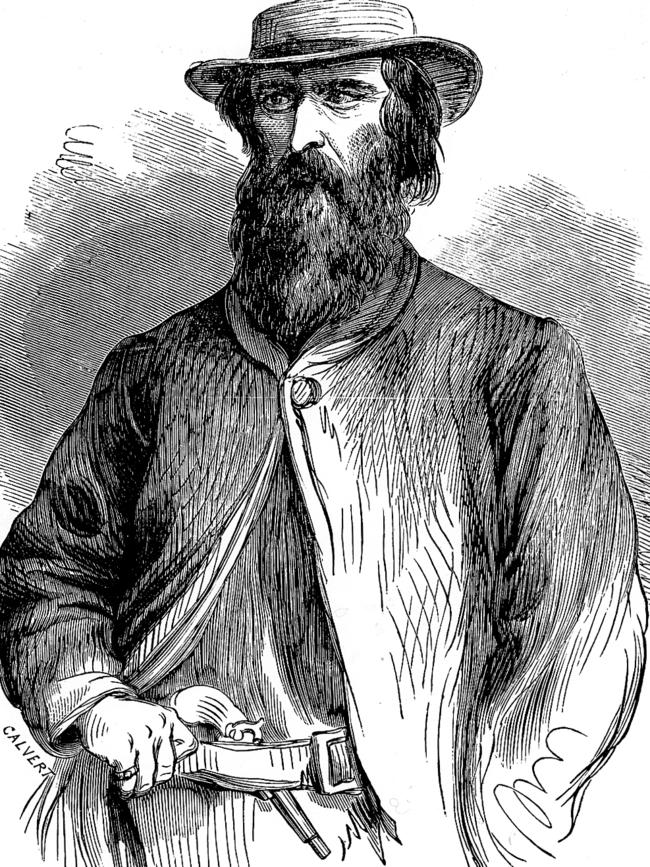
A man who usually worked alone, he attracted a massive 1000 pound reward for his capture after shooting and killing a hostage and a policeman.
Morgan went on to shoot a police sergeant before he was gunned down in April 1865.
His exploits inspired a bloodthirsty 1974 feature film starring Dennis Hopper.
Andrew ‘Captain Moonlite’ Scott
An educated Irishman, this former soldier and lay reader with aspirations of becoming a priest was first jailed for white collar crime and escaped jail while facing a bank robbery charge.
He was rearrested and tried for armed robbery at Ballarat and sentenced to ten years’ hard labour.
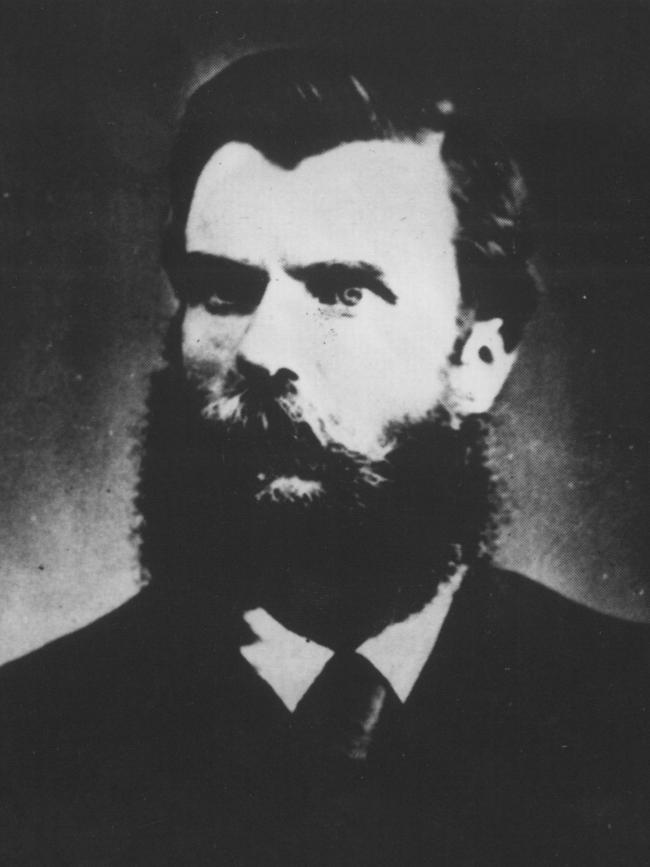
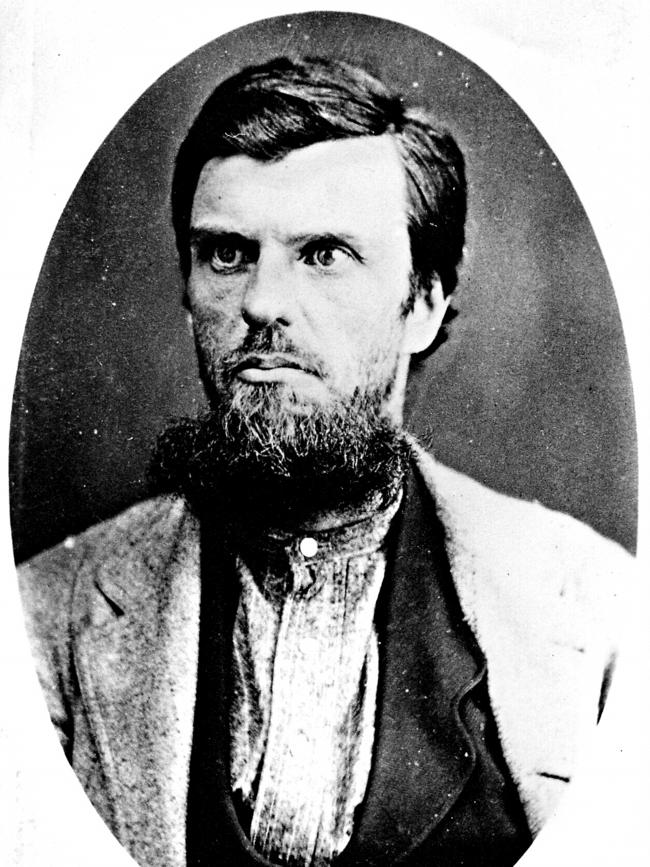
After early release he headed up a bushranging gang and a series of crimes led to a shootout with police. Scott and one of his surviving men, Thomas Rogan, were hanged at Darlinghurst, in Sydney, in January 1880.
James and Patrick Kenniff
After racking up a conviction for cattle theft in New South Wales, the Kenniff brothers headed to Queensland where they were jailed for horse and cattle stealing. They later led an itinerant armed existence, stealing and robbing at gunpoint.
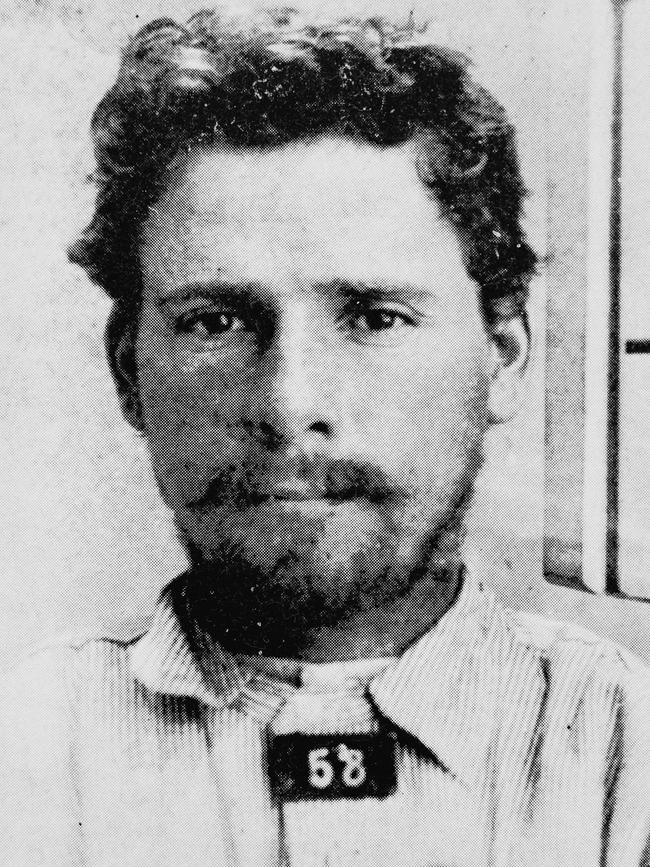
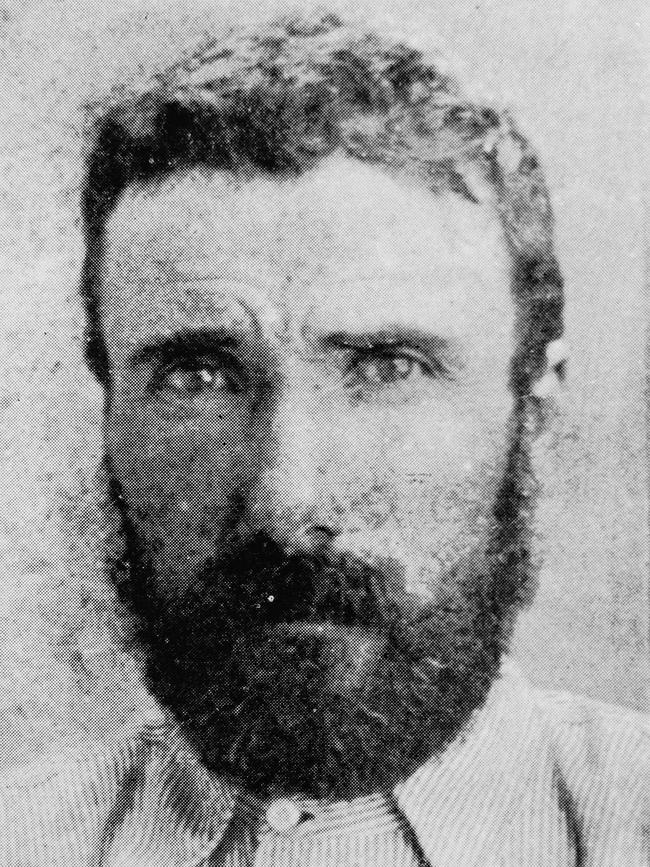
A posse — consisting of a Constable George Doyle, a station manager named Albert Dahlke and an aboriginal tracker named Sam Johnson — caught James. The brothers killed the policeman and the station manager, burning their bodies to ash. A manhunt led to their arrest. Patrick was hanged at Queensland’s Boggo Road Jail in January 1903. James, who served twelve years, died of cancer at Charters Towers in October 1940.
Jack Bradshaw
An Irish born conman, Bradshaw worked as a shearer and farm labourer but excelled as a petty thief. He later turned to armed robbery and served jail time. He married, was jailed again for stealing, and went on to become a writer and penned the book The True History of the Australian Bushrangers before he died in Sydney in 1937.
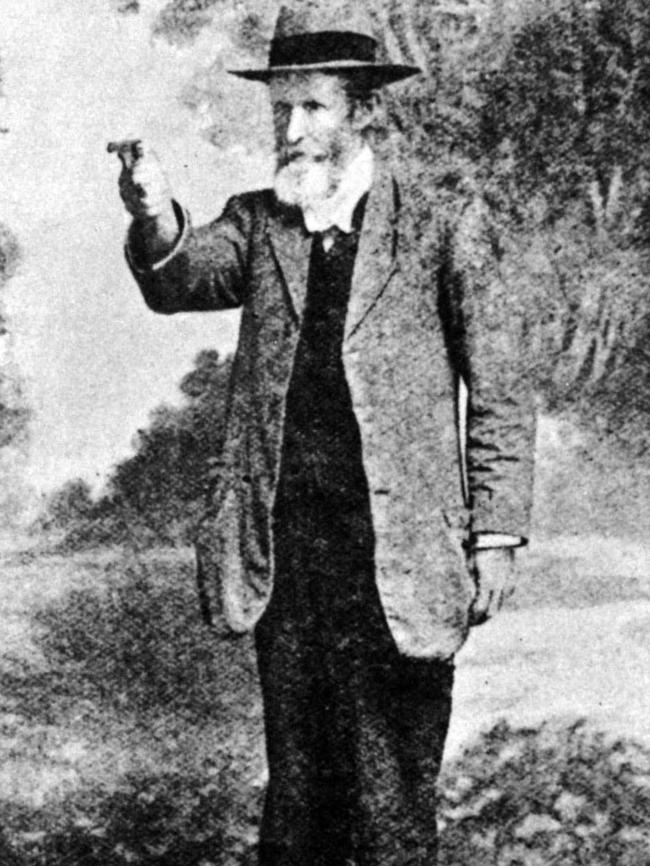
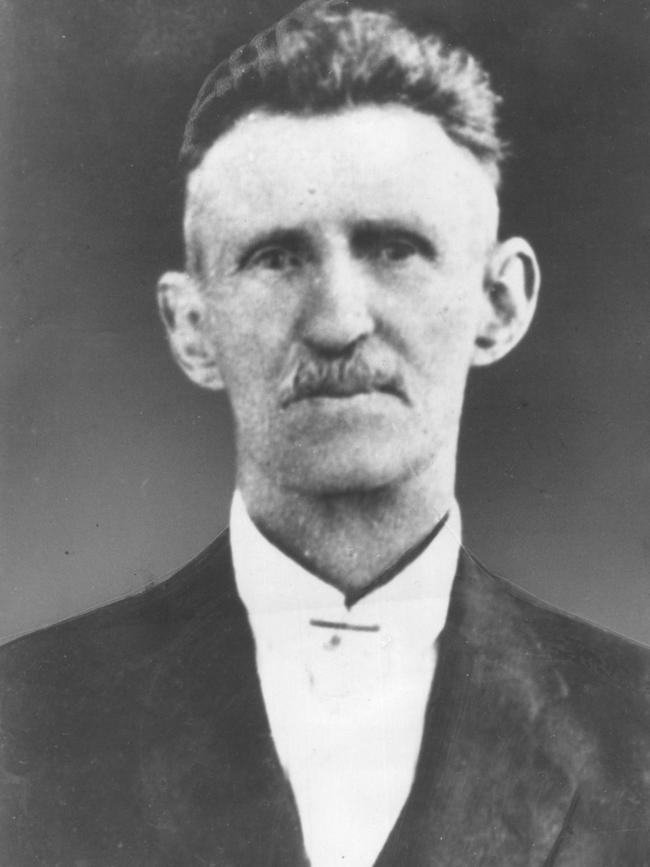
Thomas and John Clarke
These New South Wales-born brothers – sons of an Irish convict – led a violent and deadly existence as bushrangers, having joined relatives to form a feared armed gang.
Operating from the Braidwood district, they robbed and ambushed and helped bring about the “outlaw” legislation.
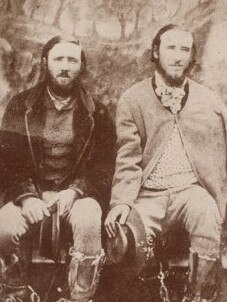
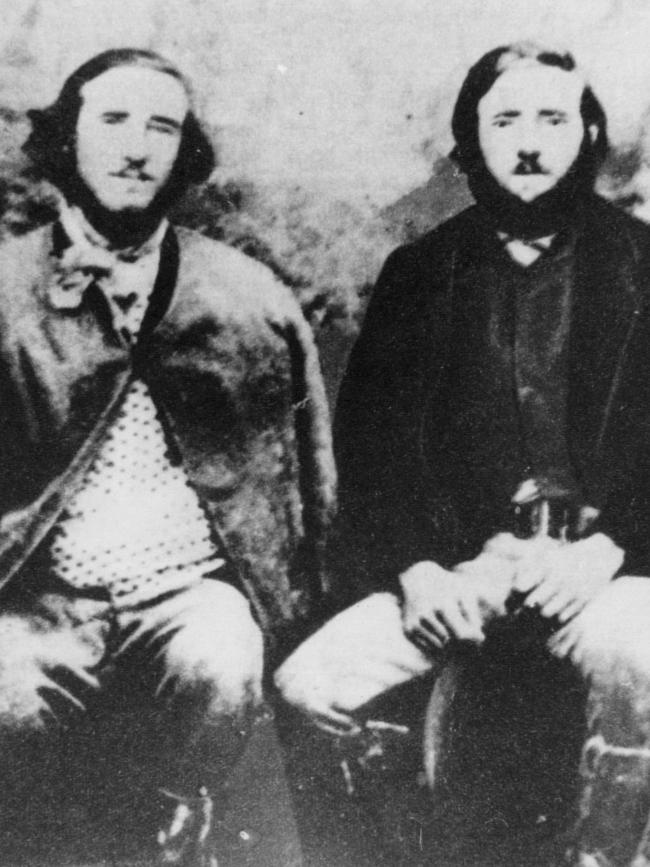
In January 1867, the gang shot dead four police officers they had tied to a tree.
The brothers – linked to at least eight killings – were eventually captured and hanged to maintain peace and serve as a warning to other outlaw bushrangers. Tom, 26, and John, 24, were hanged from twin gallows at Darlinghurst Jail in June 1867.
Jimmy Governor
Jimmy and Joe Governor were the Australian colonial government’s last recorded outlaws.
Aboriginal brothers, they spread terror and fear in the central region of New South Wales by committing several murders.
Jimmy worked many jobs, including that of an Aboriginal tracker and a fencer, until discrimination broke him.
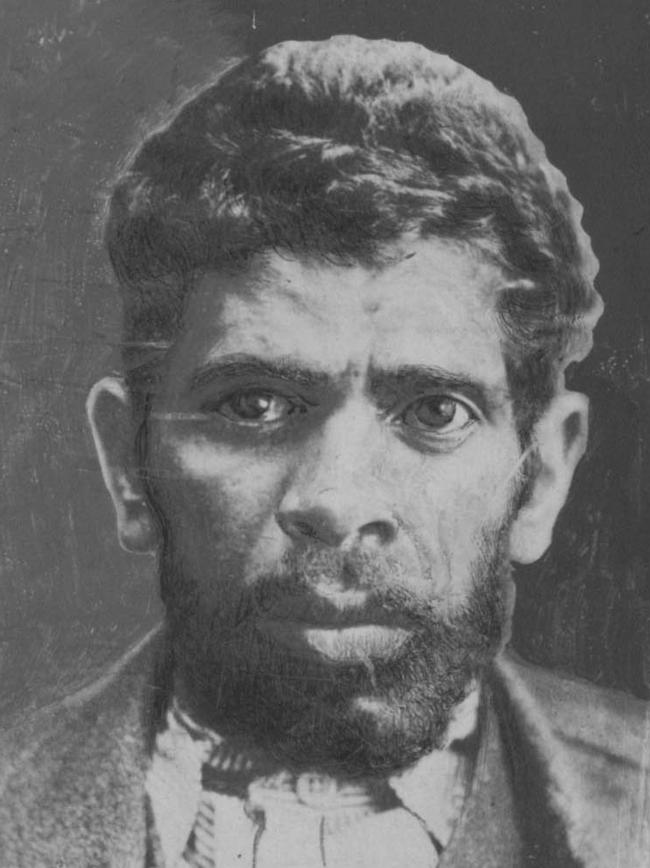
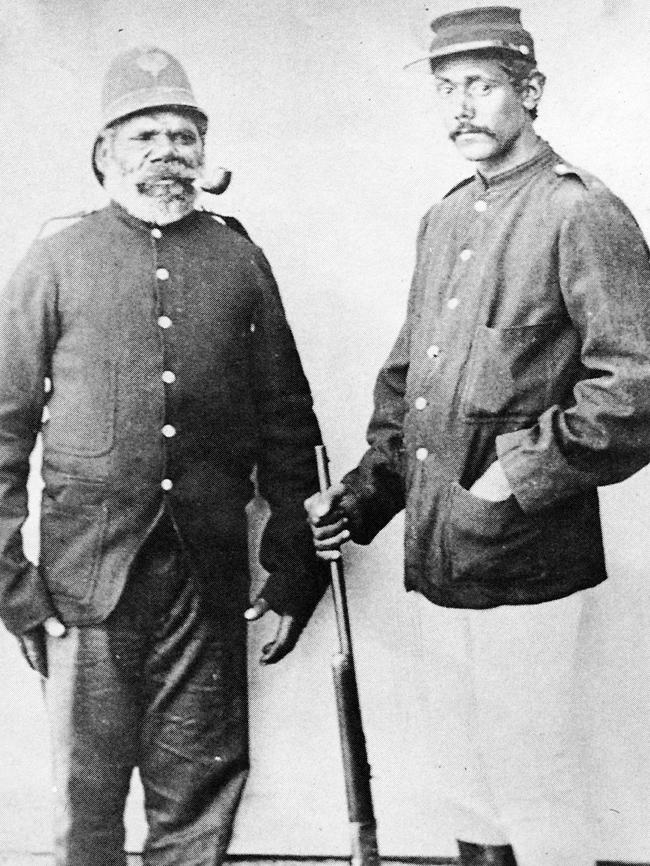
After murdering several members of one family with an accomplice in July 1900, Jimmy teamed with his brother and killed another four people and committed robberies during a three-month rampage.
High prices were put on their heads and they became the target of a major manhunt involving hundreds of police
officers. Jimmy was shot and captured in October. Joe was shot dead. Jimmy was hanged for his crimes. His life and crimes inspired Thomas Keneally to write his 1972 novel The Chant of Jimmie Blacksmith, which later became a film.
Frank Pearson – ‘Captain Starlight’
Pearson was a bushranger who used the nickname Captain Starlight. He started his criminal career as a bandit.
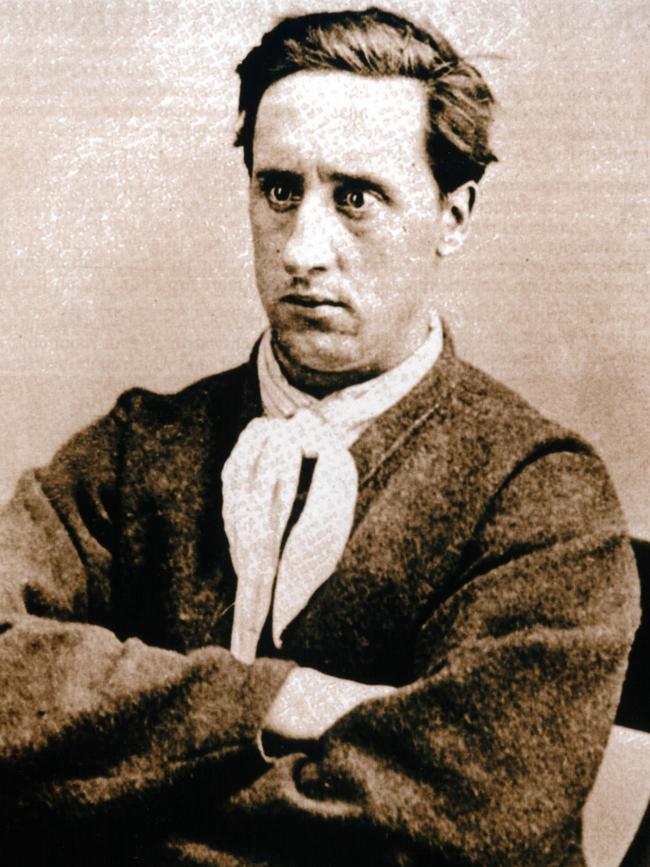
In October 1868, he and an accomplice traded gunfire with police constables, hitting Constable John McCabe who died weeks later.
The two bushrangers rode their separate ways. Pearson continued his robbery spree until a police posse captured him near Mt Gunderbooka, near Bourke in New South Wales.
He served fifteen years’ jail for killing McCabe.
He travelled to Queensland where he served more prison time for crimes like forgery and horse stealing.
MORE NEWS
NEW NED KELLY ANOTHER SWING-AND-A-MISS BUSHRANGER BIOPIC
MELBOURNE CRIME BOSS KICKED OUT OF AUSTRALIA
He changed his name several times after that and lived in different states and told tall tales about his past.
He died in 1899 after accidentally drinking cyanide, thinking it was medicine. He is buried in Western Australia.
Another bushranger, Henry Readford, was also linked to the Captain Starlight name after the publication of the 1892 novel Robbery Under Arms.
